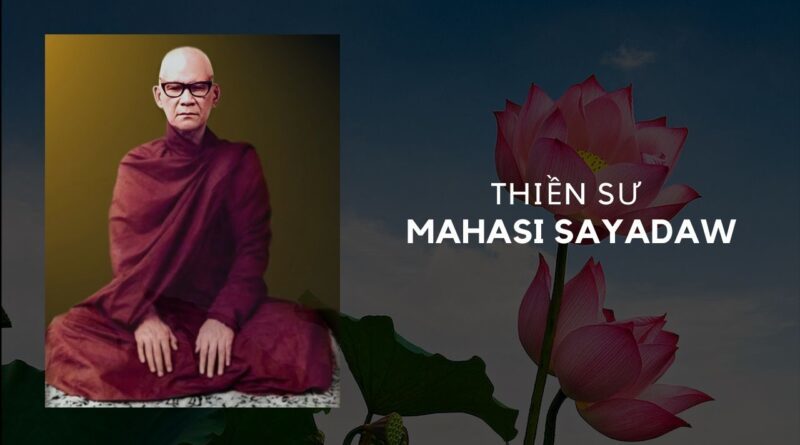Nội Dung Chính
(BY MAHASI SAYADAW)
Benefits of Samatha Meditation
Of the two meditation methods, by practising samatha, four stages of Rupa-Jhanas and four of Arupa-Jhanas can be attained. Repeated exercise and development of these jhanas can lead one to further attainment of Abhiñña, supernatural knowledge or faculty.
These miraculous or supernatural powers are:
(i) Though there is one single individual, many can be created.
(ii) Many individuals can be converted or transformed into a single individual.
(iii) Ability to travel through the air space.
(iv) Ability to dive into or go underneath the earth, etc.
These together with many other kind s of supernatural powers, such as knowledge of taking any form, of creating, or causing to appear anything that is required is called Iddhividha Abhiñña.
Dibbasota Abhiñña: It is Divine ear, the faculty of hearing every sound, far and near, loud and feeble, in all the Universe.
Cetopariya Abhiñña: Knowledge of the thoughts of others- i.e. power to know other people’s mind, thoughts or imaginations.
Pubbenivasa Abhiñña: Possessing knowledge of former existences. In other words, power to recollect the incidents of the past existences.
Dibbacakkhu Abhiñña: Divine eye or supernatural vision, i.e. supernatural faculty or the power of seeing all that is taking place in the whole Universe, for example, power to see all physical forms of different beings and of their death and rebirth in the different worlds or heavens.
Drawback of Samatha Meditation
Nevertheless, despite the possession of such powers as Jhanas and abhiññas, those possessing these attributes will not be free from the miseries and sufferings of old age, death, etc. On death even with the jhanic states remaining in tact without their being neither diminished nor destroyed, they will be reborn in one of the Brahma Loka or heavens to which the stage of the jhana they have respectively attained would correspond, the particular abode or heaven being determined by the degree of jhana attained. Then, they will remain in the relative plane of Brahma World or Abode for one world-cycle, two, four, eight and so on, according to the life-span of the Brahma World to which they belong.
When that life-span comes to an end, they will die and will be reverted to the world of human beings or devas, where they will have their new existence. In such an event, they will again face the miseries of old age, death, etc. just as the human beings and devas have to face. If favourable circumstances do not permit by force of his kamma, they can go down to one of the four netherworlds (Lower World of Existences), viz: Niriya (Hell), Tiracchana (Animal world), Peta (World of Petas or Ghosts), or Asurakaya (World of Demons), and suffer miseries related to the World concerned. Therefore, it should be realized that by merely practising samatha meditation, one will not be liberated from suffering and misery.
Samatha and Vipassana
Only if vipassana insight-meditation is practised, one will be able to realize nibbāna and be completely free from all kinds of misery and sufferings, such as old age, disease and death. There are two modes of practising vipassana meditation. They are:
(1) practising samatha using it as a vehicle for the attainment of vipassana ñana;
(2) practising meditation vipassana pure and directly without the basic exercise of samatha.
A person who practises meditation for realization of nibbāna making use of samatha as a frame-work is known as samathayanika which means a person who ‘makes his way’ to nibbāna using samatha as a vehicle.
A person who practises meditation vipassana meditation without using samatha as a ground work, is known as suddha-vipassanayanika. If, therefore, a person wishes to practise meditation following the path of samathayanika, he should first and foremost practise samatha.
Source: http://www.yellowrobe.com/practice/meditation/222-the-difference-between-samatha-and-vipassana-meditations.html

